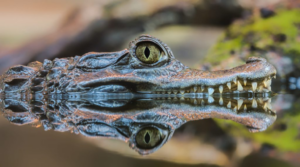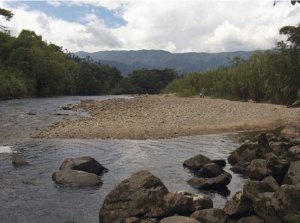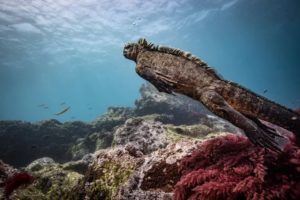Ecuador boasts a remarkable gem in its landscape – the awe-inspiring Antisana volcano. Situated in the eastern stretches of the Andes mountain range, this majestic giant soars to an impressive height of 5,704 metres above sea level, earning its place among the loftiest volcanoes in the nation.
Imposing Beauty Amidst Natural Splendour
What captivates enthusiasts and nature aficionados is not just its altitude but the captivating beauty and stunning natural surroundings that define the Antisana volcano. The summit, adorned with perpetual snow, paints a mesmerising postcard, offering a visual spectacle to those who embark on the adventure of exploring this region.
Antisana Volcano: Guardian of the Ecological Reserve
Integral to the Antisana Ecological Reserve, this volcano shelters an astonishing array of flora and fauna. Within its protected confines thrive various endemic and endangered species. These include the majestic Andean condor, the iconic spectacled bear, the páramo wolf, and the páramo rabbit.

Foto: Volcan Antisana
Cultural and Spiritual Significance
Beyond its physical allure, the Antisana volcano holds cultural and spiritual significance for the indigenous communities inhabiting the region. Revered for centuries as a protective deity, it stands as a sacred symbol of the earth and life, weaving into the very fabric of the community’s beliefs.
A Challenge for the Adventurous
However, despite its allure and cultural importance, Antisana poses a challenge for daring mountaineers and explorers. Scaling its steep slopes and traversing its glaciers demand technical prowess and physical fitness. Yet, those who accept the challenge are rewarded with panoramic views and an unparalleled sense of achievement upon conquering the summit.
A Natural Treasure and a Lesson
The Antisana Volcano stands as a testament to the grandeur and fragility of our planet. It imparts a valuable lesson on the significance of preserving these natural spaces. Beyond their aesthetic and recreational value, they play a pivotal role in maintaining ecological balance and conserving biodiversity.
Embark on an Unforgettable Experience
Should you find yourself in Ecuador, seize the opportunity to explore and marvel at the majesty of the Antisana volcano. I guarantee it will be an unforgettable experience, awakening your sense of wonder and admiration for the unparalleled beauty of nature.

Foto: Ecuador mi Tierra




